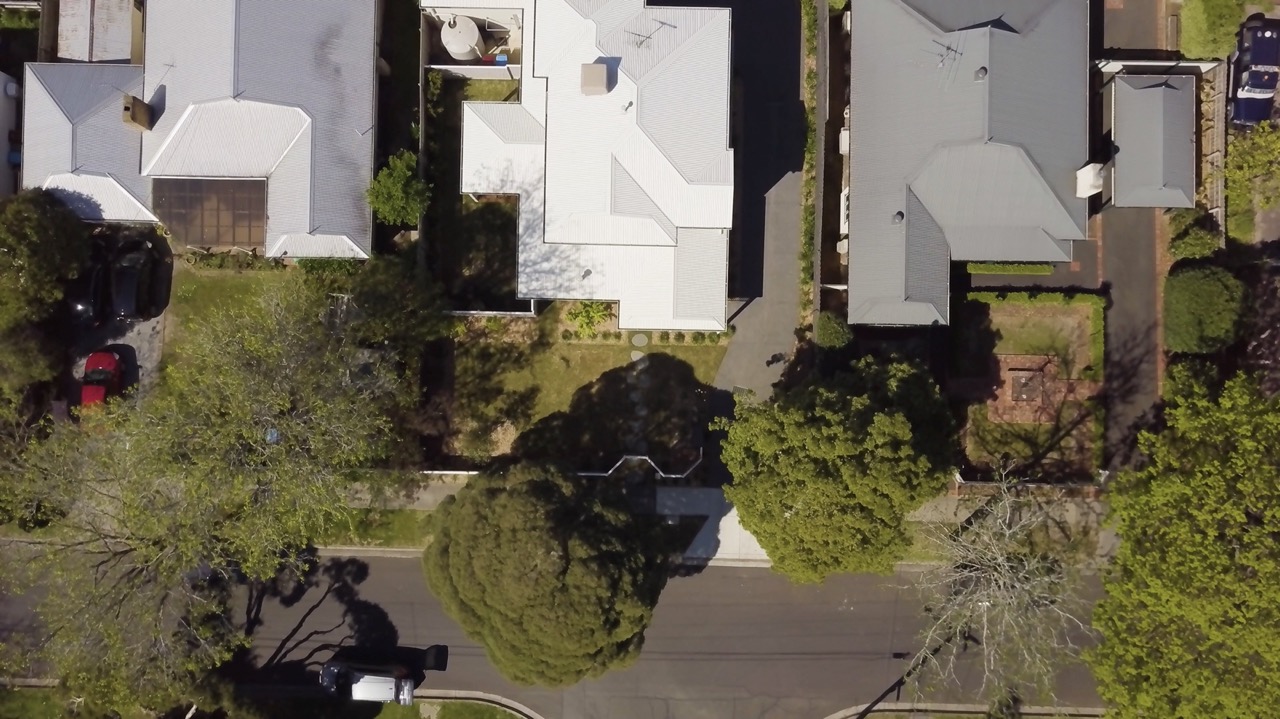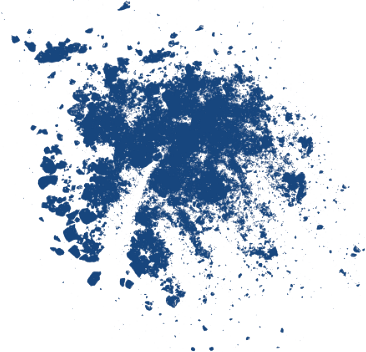Following the release of Victoria’s Housing Statement, the Victorian Government has provided more specifics on the implementation of what has been called Dwelling Garden Units but are now known as Small Second Dwellings.
The Key Elements
The Small Second Housing provisions are now in all planning schemes and the Building Regulations. Many people will be aware of the possibility in the past of having a ‘granny flat’ which has been called a Dependent Persons Unit (DPU) in planning schemes. A DPU has always been restricted to a person who is dependent on people living in the main dwelling – this is no longer the case and the term Dependent Persons Unit is no longer present and has been replaced by the Small Second Dwelling (SSD) provisions.
The SSD will no doubt be an attractive option for families that want to have dependent relatives live close to them – but there will no longer be a requirement for there to be this dependency – anyone can live in an SSD. Given the provisions apply to all residential and rural zones there will be plenty of opportunities for landowners to consider adding additional accommodation through an SSD.
The definition of an SSD is
A building with a gross floor area of 60 square metres or less, on the same lot as an existing dwelling and used as a self-contained residence, which must include:
- a kitchen sink;
- food preparation facilities;
- a bath or shower; and
- a toilet and wash basin.

Image resourced from Victorian Government’s ‘Making it easier to build a small second dwelling brochure‘.
These SSD are situated on the same lot as an existing dwelling and are exempt from car parking requirements. There is a limit to one small second dwelling per lot.
These SSD can be attached, detached, or a conversion, provided they meet siting requirements including minimum garden area and an access path from the front street. Lots less than 300sqm would require a permit for an SSD.
The SSD cannot be subdivided from the primary dwelling, and cannot be connected to reticulated gas. While the SSD will no longer require a planning permit, a building permit is always required.
What brought about this change?
The Department of Transport and Planning conducted an analysis and found that there are around 700,000 lots of 300 square metres or larger that were eligible to have an SSD in residential zones across Victoria, and almost 2,500 in rural zones.
With no planning permit required in zones classed as residential zones, Mixed Use Zones (MUZ), Rural Living Zones (RLZ), Rural Activity Zone (RAZ), Urban Growth Zone (UGZ) and Farming Zone (FZ) there are many areas where this initiative can be used effectively. In other rural zones an SSD is possible, but a planning permit is required.
There are also permit exemptions for the Heritage Overlay, Neighbourhood Character Overlay and Design and Development Overlay.
However, in the interests of keeping people safe, a planning permit will still be required in flood or bushfire-prone areas. This means that if there is a Bushfire Management Overlay, for example, a permit is still required.
Why are these changes being implemented?
The underlying need and demand for housing is driving a steady stream of development projects, but more needs to be done to provide higher-density housing options in strategic locations.
As part of the Victorian Government’s ‘Housing Statement – The decade ahead 2024-2034’, this initiative is being implemented to deliver more housing to meet the needs of the growing Victorian population.
By implementing the changes, there is a diversification of housing options, catering to single individuals and small households within existing suburban areas. It also allows for easier multi-generational living, as younger and older generations alike are often priced out of established areas around the state.
We are getting on with implementing our bold planning reforms to provide even more affordable housing choices for Victorians in the areas they want to live – removing the burden of planning approvals that for too long has put building a small second home in the too hard basket.
Introducing this in Victoria is a move that should provide a diversity of housing for small households in existing suburbs. It brings the state in line with similar provisions in NSW, SA and WA.
How can I add a new home?
The feasibility of a project is dependent on many factors – like lot size, overlays, and location – whilst there are permit exemptions for an SSD in all residential zones and some rural zones there are a number of overlays that can still trigger a planning permit. There can also be covenants and restrictions on titles that could prohibit adding an SSD to your property.
Want to take advantage of these new changes to the planning schemes, but aren’t sure where to start? Or maybe you want advice on how to get running with these changes in the new year?
Contact our team today, so we can alert you of the feasibility of your project, or help you realise your development goals.





